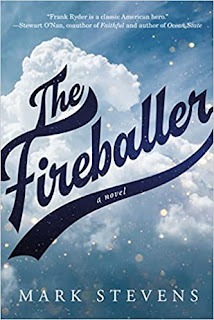 sharks, coffee, flannel, winter, roller-blading, baking, running, playing the piano, non-fiction about jungle exploration, and making up stories.
sharks, coffee, flannel, winter, roller-blading, baking, running, playing the piano, non-fiction about jungle exploration, and making up stories.
Her debut, Hour of the Bees, came out from Candlewick Press to critical acclaim, and her follow-up, Race to the Bottom of the Sea, was named by Booklist as one of the “50 best middle grade books of the century.” These titles were followed by The Bigfoot Files. Her most recent work is The Patron Thief of Bread.
At Tor.com Eagar tagged eight fantasy tales about the joys of bread and baking, including:
Like Water for Chocolate by Laura EsquivelRead about another entry on the list.
For childhood nostalgia in the face of impending family drama
Laura Esquivel’s masterpiece is about Tita, the youngest of the De La Garza family, who falls in love with Pedro. But Tita is forbidden to marry, since tradition dictates that she should remain single and take care of her aging mother until shedies. Tita infuses everything she cooks with whatever emotion she’s feeling—if she cries while making cake, everyone who eats the cake will be violently sick. If she is feeling lustful when she makes quail in rose petal sauce, her older sister, who eats the quail, will throw herself at a revolutionary soldier and end up in a brothel.
The book is divided into months, and each month introduces a corresponding recipe. September’s recipe is for hot chocolate and three kings’ day bread, which Tita bakes while fretting over her possible pregnancy by Pedro. As she folds the candied fruit and the porcelain doll into the dough, Tita also reflects on the simplicity of her childhood, on how easy it was to make wishes and feel lucky if you got the slice of three kings’ day bread that contained the doll. Three kings’ day bread is not just a recipe for Tita, it’s a memory, and by the time the spiced bread comes out of the oven, the scent of cinnamon and anise and citrus filling the kitchen, its powerful nostalgia has worked its magic on the rest of Tita’s family, too.
Like Water for Chocolate is among Alexandra Silverman's six top foodie novels from around the world.
--Marshal Zeringue












































